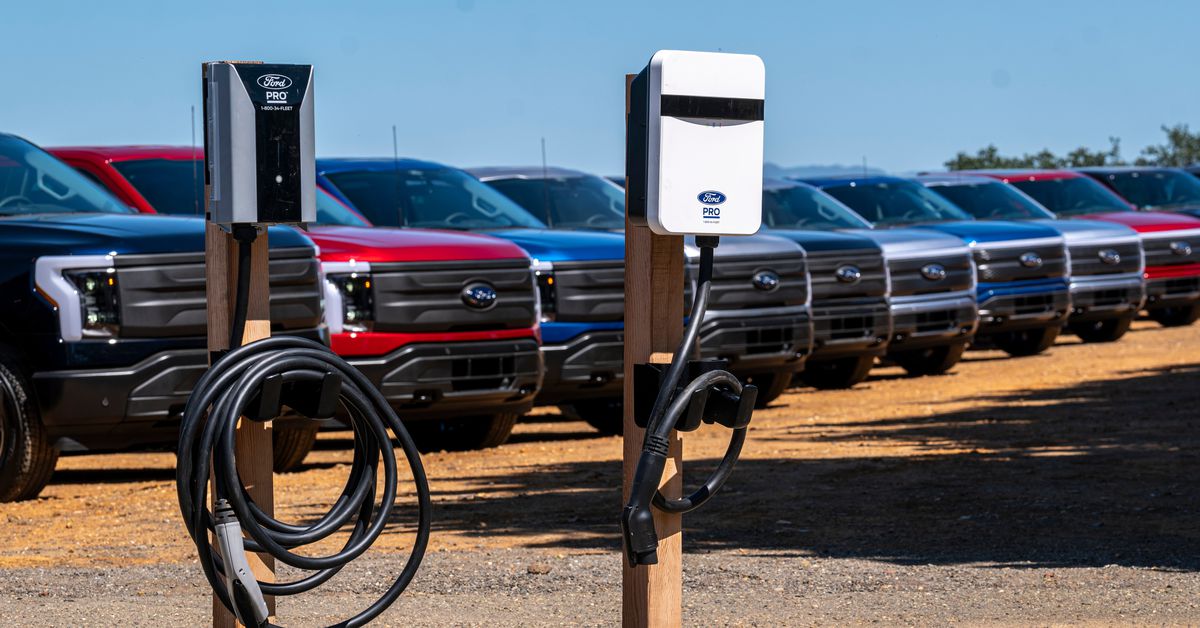In the early days of the COVID-19 pandemic, smartwatch advocates and wearable tech companies thought the devices could help with illness detection. They wanted to flag people who might be sick with the disease using things like their heart rate and oxygen levels. The strategy could still be a reasonable way to track illness, but two years later, the promise hasn’t panned out — the research is still underdeveloped, according to a new review published last week in The Lancet.
The review looked at 12 research studies and 12 proposed study protocols published in 2020 and 2021 that tried to find patterns in the data collected by devices like the Apple Watch, Fitbit, and Whoop. Most of these studies focused on people who had already tested positive for COVID-19. Researchers looked for patterns in wearable data from the few days before a person got sick, rather than following healthy people and trying to predict who would fall ill. None of the studies were rigorous clinical trials, the authors of this new study noted. None of the existing research tested to see if a wearable device could actually lead to earlier detection of COVID-19.
Most algorithms built to divine COVID-19 out of wearable data mainly focused on symptomatic disease, the study found. Four tried to detect an infection before a person started to show symptoms, with varying success — they were able to detect between 20 and 88 percent of infections. The models got less accurate the more days in advance they tried to predict illness. “The accumulated evidence suggests a trade-off between a model’s accuracy and its ability to identify SARS-CoV-2 infection before symptom onset,” the review authors wrote. That would also make the devices less useful as COVID-19 detectors — some of the promise of this type of strategy is flagging people who are sick early enough that they can get tested and isolate before they could spread the disease to others.
There’s good evidence that physiological signals like shifts in body temperature, heart rate variability, and other metrics are associated with someone coming down with an illness. But that includes other illnesses, not just COVID-19, and most of the studies in this review didn’t differentiate between COVID-19 and things like the flu. Research done at Fitbit found overlaps between data on the flu and the data on COVID-19, Conor Heneghan, a director of research at Fitbit, told The Verge last year. “My instinct is that it’s going to be hard to reliably distinguish between them,” he said.
There are also equity issues in using wearable devices as COVID-19 or other illness detectors, the authors of the new review wrote. The studies included in the analysis had poor racial diversity, so it’s not clear if the models would perform equally as well in nonwhite populations. That’s even more of a concern because research shows wearables often work differently and less accurately on darker skin tones. And none of the models evaluated in the review took the menstrual cycle into account, even though there are changes in body temperature and other variables associated with different stages of the cycle.
Despite the limitations of existing research, it’s still possible wearables could end up being a good way to track and monitor illness. There just needs to be better research done to prove it, and to figure out the best way to use the devices in these situations. Experts do think that it’d still be useful to have even a basic tool that could alert someone that they might be getting sick.
“It’s just a heads up that something is out of your normal range, and it could be something to keep an eye on,” Jennifer Radin, an epidemiologist with the digital medicine division at Scripps Research Translational Institute, told The Verge last year.

 2 years ago
230
2 years ago
230





 English (US) ·
English (US) ·